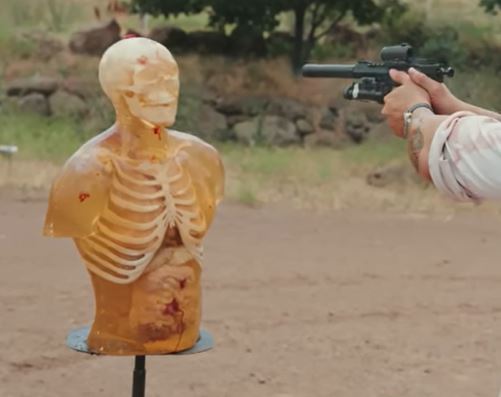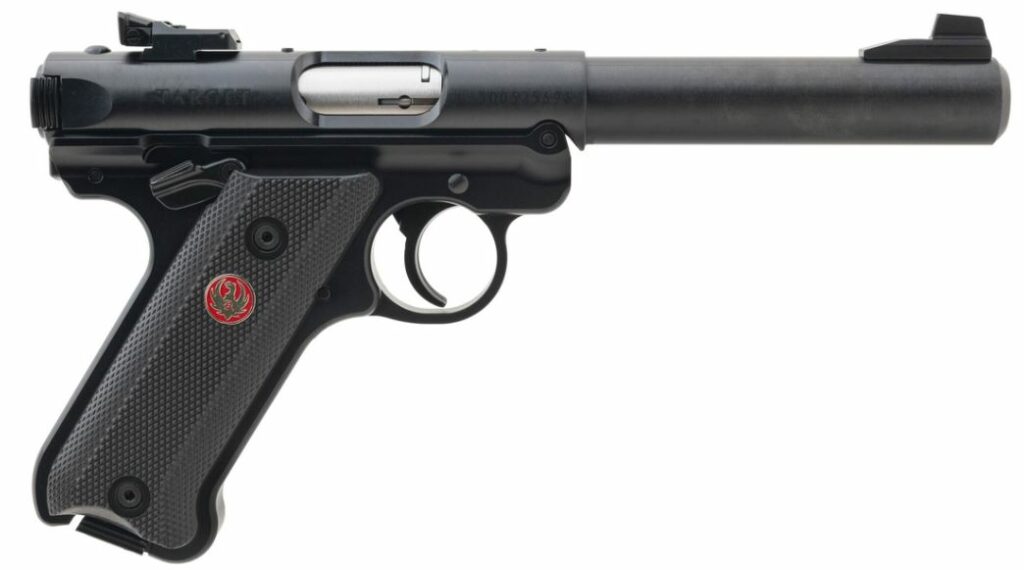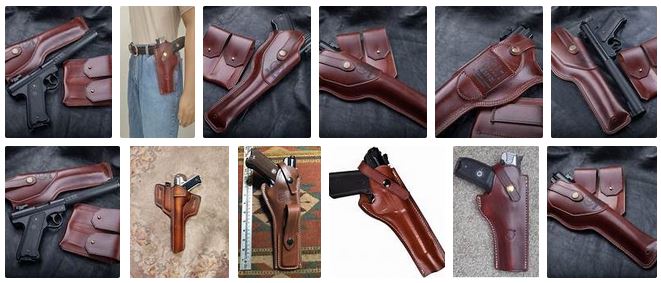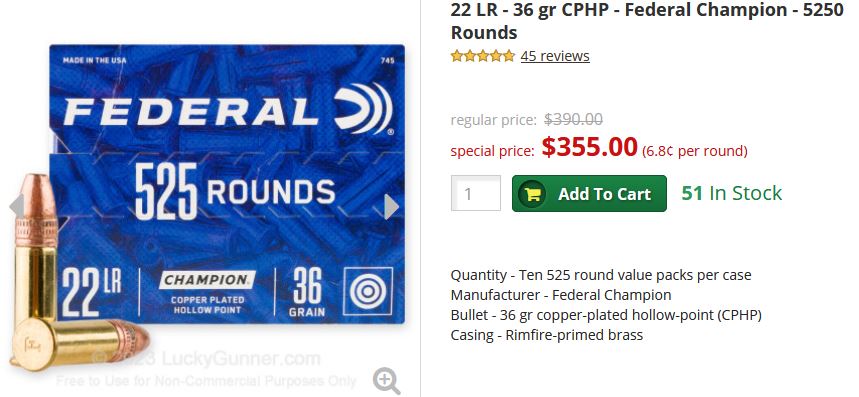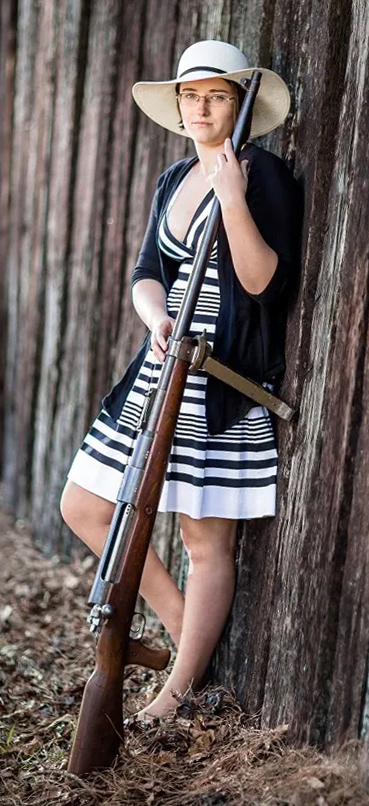This is going to be a long, rambling post (unlike my usually concise, single-topic pieces) but hey, it’s the weekend: why not ramble all over the place, even if it does take you well over an hour to get through, if you follow all the links? So mote it be.
Several Readers have sent me links to all sorts of fascinating stuff recently, and most especially on the topic of shotguns — all of which have been most gratefully accepted.
We already looked at the most-recent entry (re-entry?) of Weatherby into the side-by-side shotgun market in a Gratuitous Gun Pic post. A comment by Reader Ray is quite appropriate:
“Now they just need to eradicate the ‘Weatherby’ billboard and the exposed colored chokes.”
Colored chokes (which I also abhor because fugly) are nevertheless useful to those who are constantly changing their chokes according to the conditions in which they are shooting (high birds, skeet or whatever). I understand this, but frankly I am not one of those shooters, in that I prefer a consistent choke type so I can make adjustments on the fly, so to speak. Your mileage may vary, and that’s fine because when I do any shotgunning at all, it’s sporting clays and I make no claims of expertise in the other types.
As for the Weatherby “billboard”, that’s another point I agree with. Compare and contrast the following:
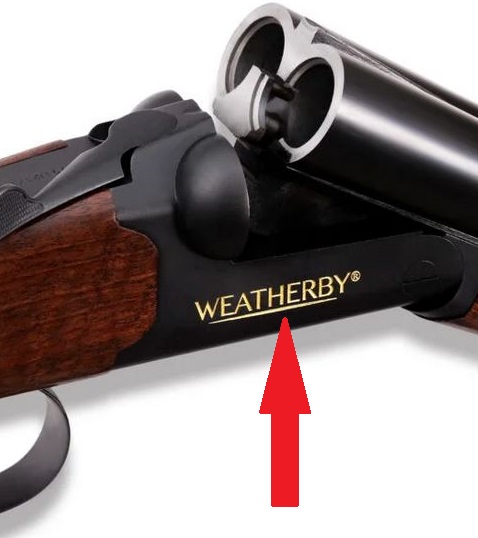
…with:
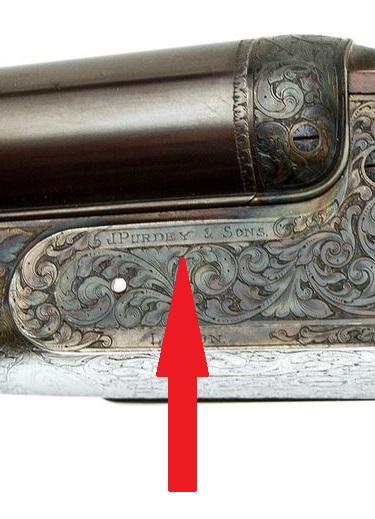
…or:
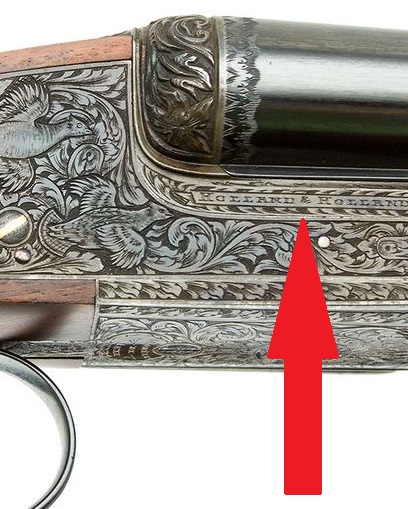
…where one can almost hear the murmurs of Messrs. Purdey and Holland: “There’s no need to SHOUT, dear boy, if you’re making a quality gun.” Point made.
Still on the topic of “Turkish” shotguns, Longtime Friend and Reader John C. sends me this article, talking about CZ’s Hammer Coach shotgun:

Okay, I am seriously considering this little 20″-barreled beauty as a future home defense option.
“But Kim,” I hear you say, “I thought you said that your AK suits all your home defense needs?”
And indeed I have said that before. However, I am starting to revise my opinion on the matter (“and not a moment too soon, ya old fart”) because in the very same email, John C. added a link to this wonderfully-funny but yet very informative medical take on the effects of a shotgun blast to the human anatomy. (It also features those raucous Zoomer kids at Garand Thumb, for double the hilarity.)
As to why a double-barreled hammer shotgun (two rounds) over a pump action (five rounds), I have two reasons for my choice.
The first is that one of the benefits of exposed hammers in a shotgun is that you know immediately whether the gun is ready to fire — no safety catch necessary — and while the cocking action is slow, it’s as quick as a well-practiced pump-action throw, especially if you cock both hammers simultaneously. That second shot happens as quickly as you can move your finger from one trigger to the other, which is not only quicker, but less disruptive to your aiming hold than shoveling the pump back and forth.
The second reason is that after watching the effect of buckshot on the human torso and Doctor Raynor’s excellent analysis thereof, I fail to see why I would need more than two shots to solve the problem (assuming that there aren’t more than two targets, so to speak — but if so, I’d be reaching for the AK anyway because then there’s a crowd dynamic to the whole situation).
Of course, I’d like to have a Purdey hammer gun, just for aesthetic reasons:

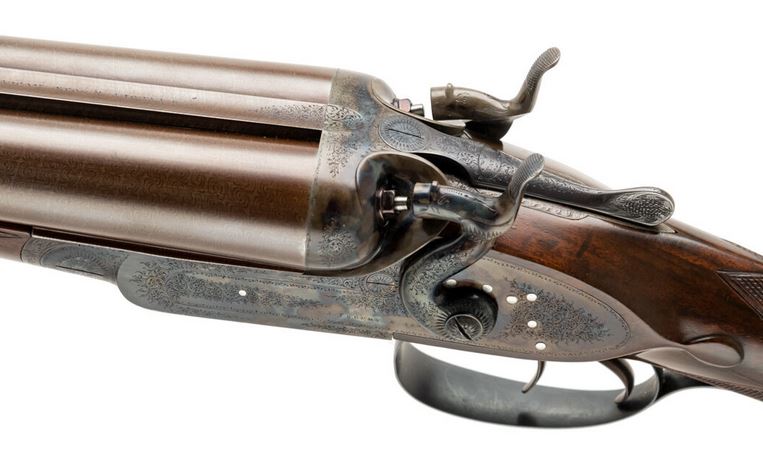 …but the barrels are too long and the old gun too expensive. And for a more modern take, let’s not even talk about the exquisite Famars Abbiatico offering, for the same two reasons:
…but the barrels are too long and the old gun too expensive. And for a more modern take, let’s not even talk about the exquisite Famars Abbiatico offering, for the same two reasons:

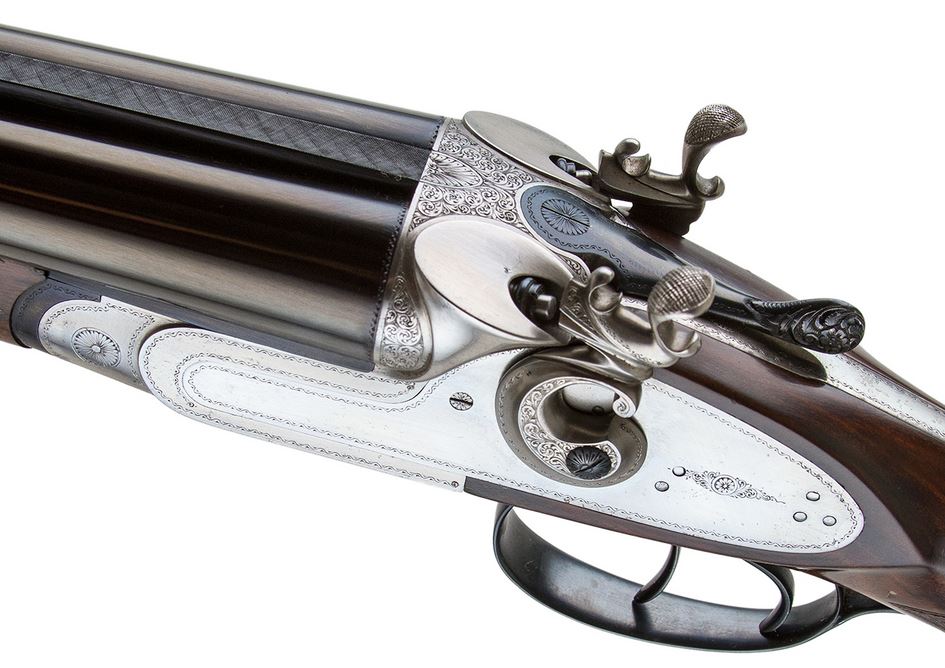
I seem to have wandered way off the original topic of this post — if there ever was one to begin with — but I did warn you earlier.
All similarly-meandering comments are welcome, of course, because it’s the weekend.

